The situation remains tense in Hohhot, the capital of Inner Mongolia. Five days after protests first began in Inner Mongolia on May 23, Chinese Communist Party officials declared martial law on May 28 in two banners (county-level administrative units) and then in Hohhot, on May 30.
A Mongolian woman who ventured out on a business trip on June 2 from Chifeng to Hohhot told Radio Free Asia that she witnessed riot police wearing body armor and pointing machine guns at passengers as she arrived at the Hohhot train station. On her return to Chifeng, she saw tanks and the streets thronged with police.
She said that before departing her supervisor phoned and requested that she not go to Hohhot, but if she did, not to linger on the street.
She was told that about 150 soldiers and police were deployed in a conference room near University City in Hohhot where they monitored the city via closed-circuit television, especially cameras focused on the University City district. Amnesty International reported that on May 27 2,000 students protested there.
Soldiers and police have been deployed in Hohhot’s University City, where they still surround many buildings. A professor in the Inner Mongolia Normal University said the campus has been closed off by soldiers and police.
Wang, who is now a reporter for an online news site in New Zealand, said that local Mongolians told him that the soldiers were from the 38th Army. The 38th Army is the unit that was used in the Tiananmen Square massacre on June 4, 1989.
The unrest in Inner Mongolia was triggered by the death of a herdsman, Mergen, who was crushed to death under a coal truck. Soldiers from the military are reported to be deployed in Xilingol League, the area where Mergen was killed, and the situation there is also described as tense.
The pretext of preventing drunk driving is being used by authorities to ban alcohol sales, and wine shops are being watched by police.
Though generally placid, Mongolian herders were angered by Mergen’s death on May 10 and a subsequent online photo of his gruesomely injured corpse. The herdsmen have a long-standing grievance regarding the coal transport trucks, which have been ruining the grasslands used for grazing the local herds. Though the driver was arrested, no charges were filed and the dead man’s family was offered only cash compensation.
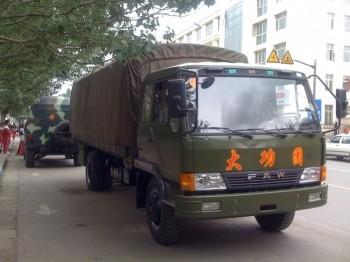
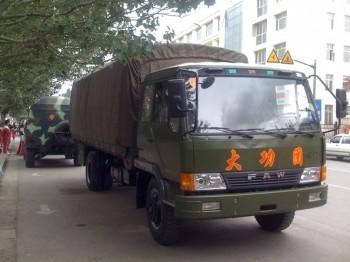
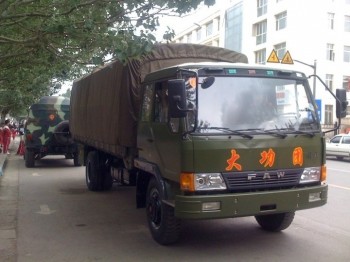
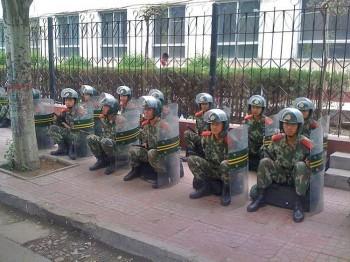
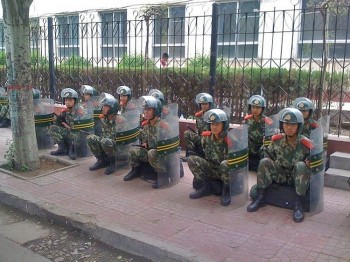
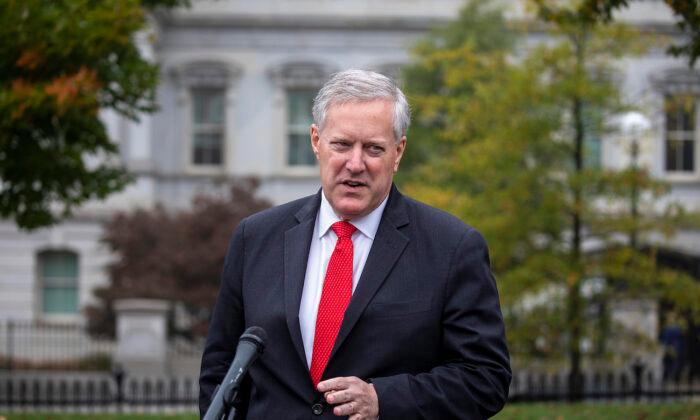


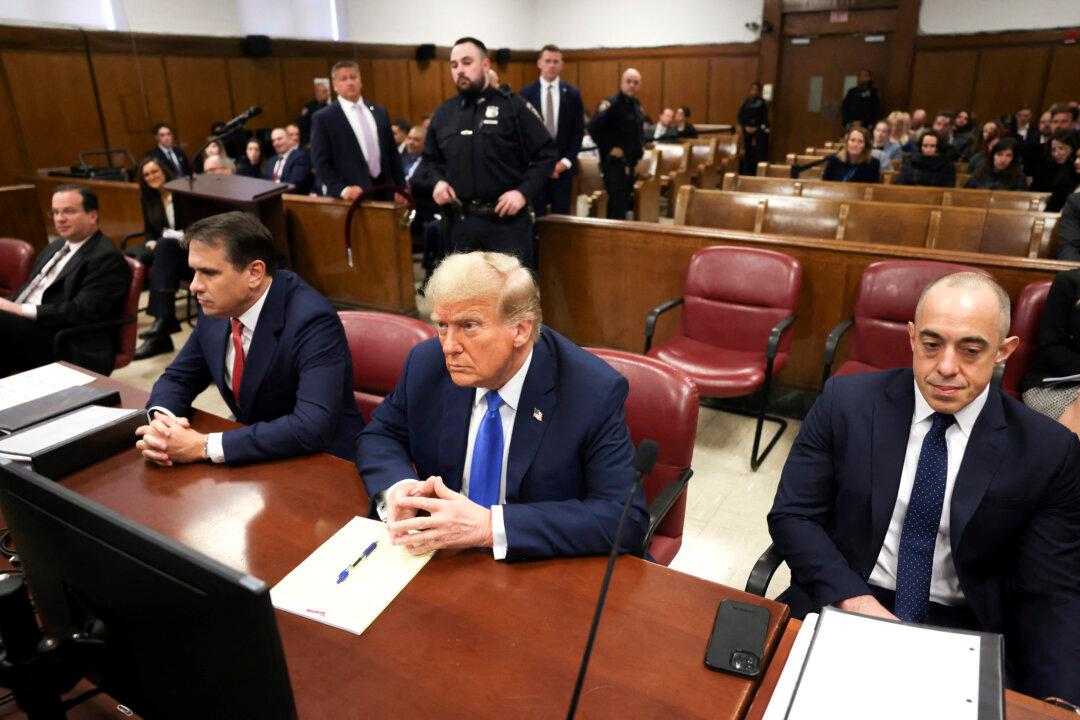
Friends Read Free